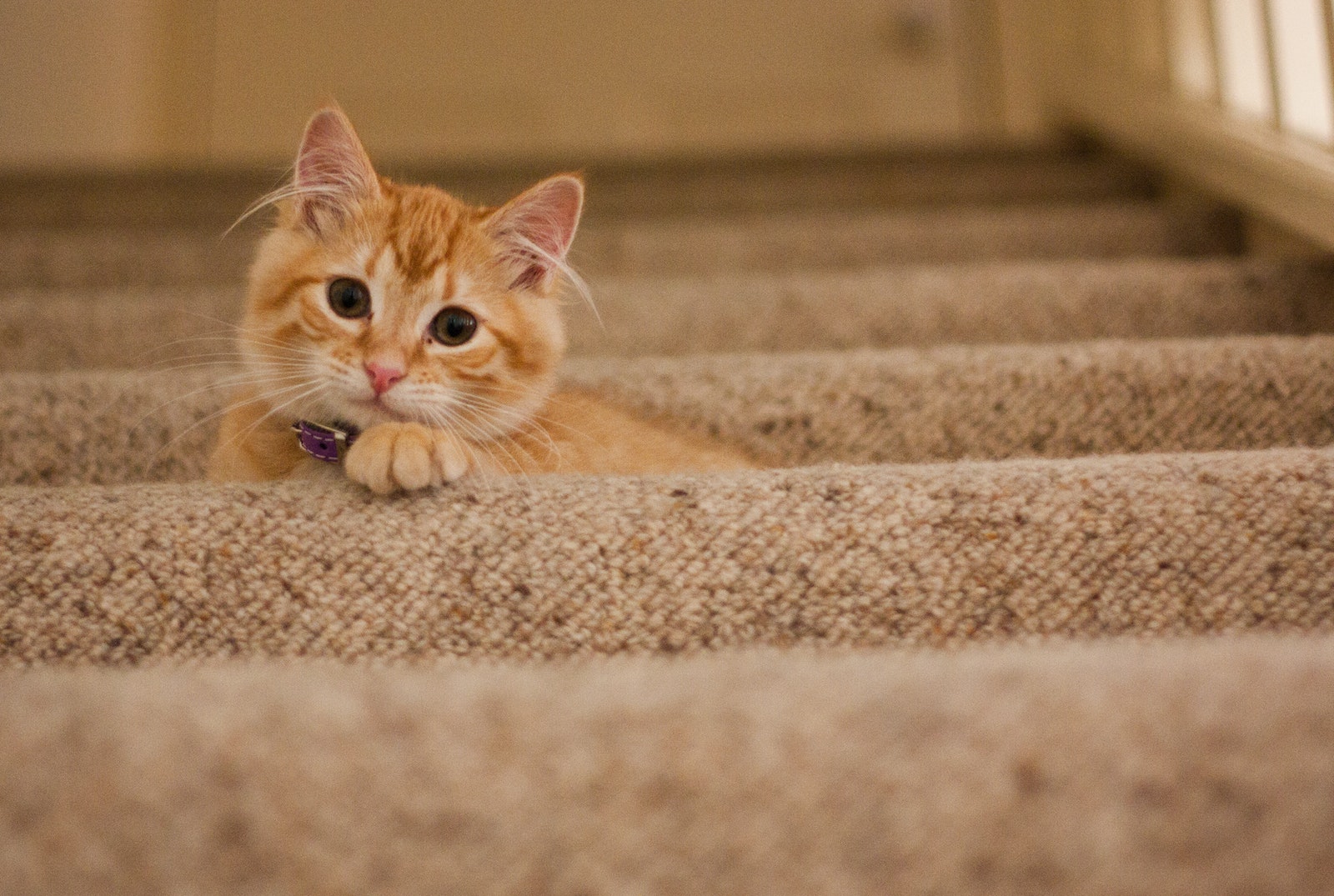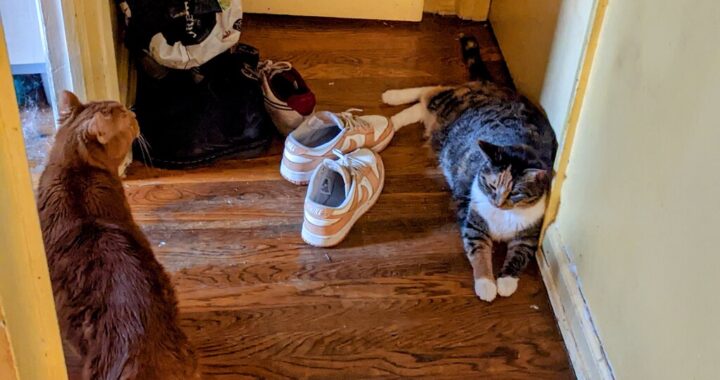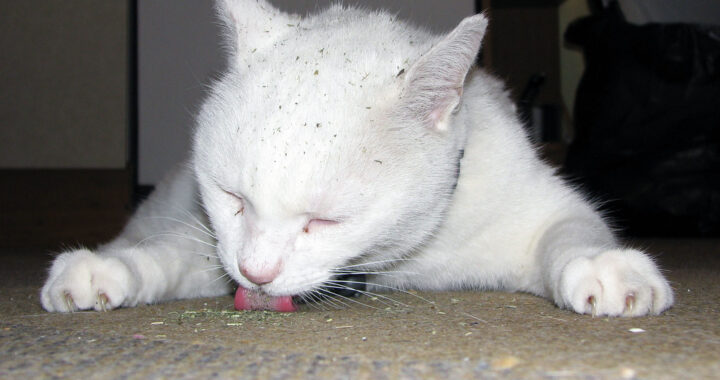
Photo by Breanne Sartori on Pexels
by Nomi Berger
Is your favorite feline finding it nearly im-paws-ible to jump to and from her most preferred perch? Is she meowing – as in “ouch!” — after completing a once-easy jump even onto a couch or a chair? Is she suffering from arthritis or other joint problems, recovering from an injury or surgery, including the amputation of a leg? Is she losing her vision? Or is she simply aging? If any of these scenarios sounds achingly familiar, consider providing her with either a set of stairs or a ramp.
To conserve space, purchase a set of stairs instead of a ramp. Many are collapsible or easily transportable, allowing you to both move them when necessary and put them away. With a steeper incline, and shorter than a ramp, if your cat can manage them, they may be the most convenient option. Each individual step should be no more than 7 ½” tall and at least 10” deep since cats like having the space to maneuver. Most importantly, the top step should be no less than 7 1/2” shorter than the surface it leads to.
Buy a model with safety rails along the side of the stairs to stop your cat if she starts falling off. This is especially important if she’s losing or has already lost much of her sight. One obvious clue — since all vision-impaired animals will have long since memorized their surroundings – will be her tendency to bump into furniture more often, particularly if you’ve moved some of that furniture around.
While some cats – especially those who have never used stairs before — are unlikely to use stairs if introduced to them late in life or if they already have trouble walking around, a ramp may prove to be the safest option. It usually helps to get your kitty accustomed to a ramp beforehand, so consider buying one as soon as she displays any mobility issues, such as walking less or displaying changes in her gait. And remember, any ramp you buy should be high enough to be level with its intended surface.
Purchase one with a gentler slope for older cats or those who are already severely impaired — a low slope of 18 degrees is best. For cats whose difficulties are still moderate, a steeper one at 26 degrees may still be suitable. The best ramp is one covered in a non-looping, plush carpet. Not only does it provide traction, preventing your cat from falling off, her nails won’t get caught or stuck in a carpet with loops. One note of caution: buy a ramp for a chair, couch or bed, but NEVER buy a ramp leading UP, UP, UP to bookcases, closet shelves, high perches or windows.
Because ramps and steps are unfamiliar to most cats, it’s essential that you introduce yours slowly and patiently to them, preferably in a quiet space free from unwanted distractions. Begin by placing treats on the ramp or bottom step of the stairs to get her started. And although she may not do so immediately, put another treat in the middle of the ramp or stair. Once she’s actually on it, place more treats on top of the ramp or stairs, thereby teaching and encouraging her how to make her way up it. And since practice makes purr-fect, practice, practice, practice while continuing to pave her way to success with treat after treat after treat. Provide her with the gentle guidance and patient support she needs to keep her from rushing or jumping off, slipping or falling off until she’s fully confident, comfortable, and capable of safely ascending and descending the ramp or steps on her own.



